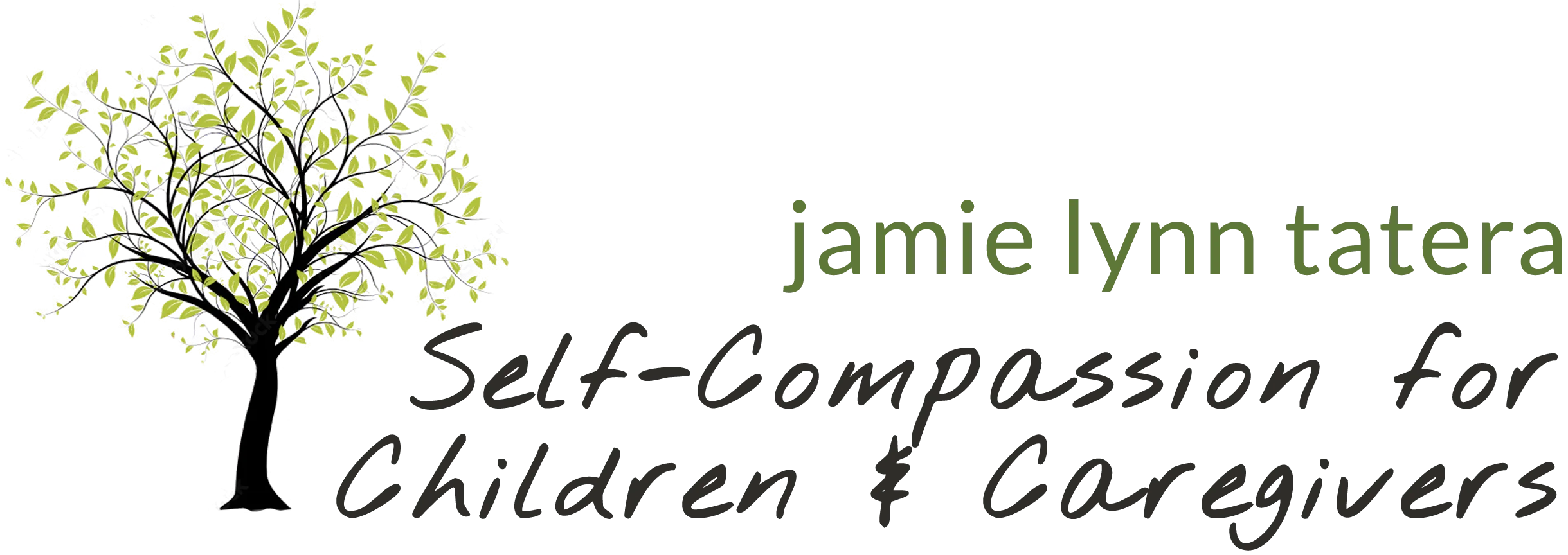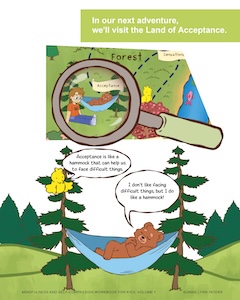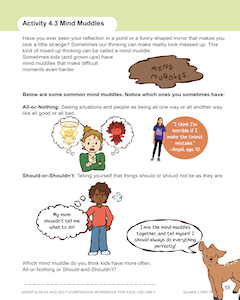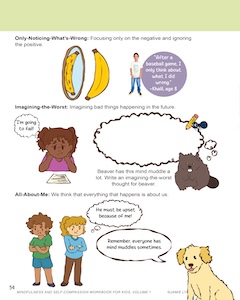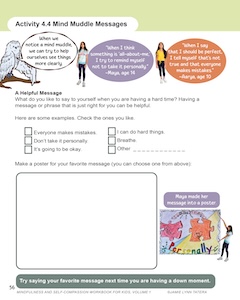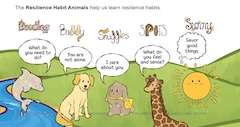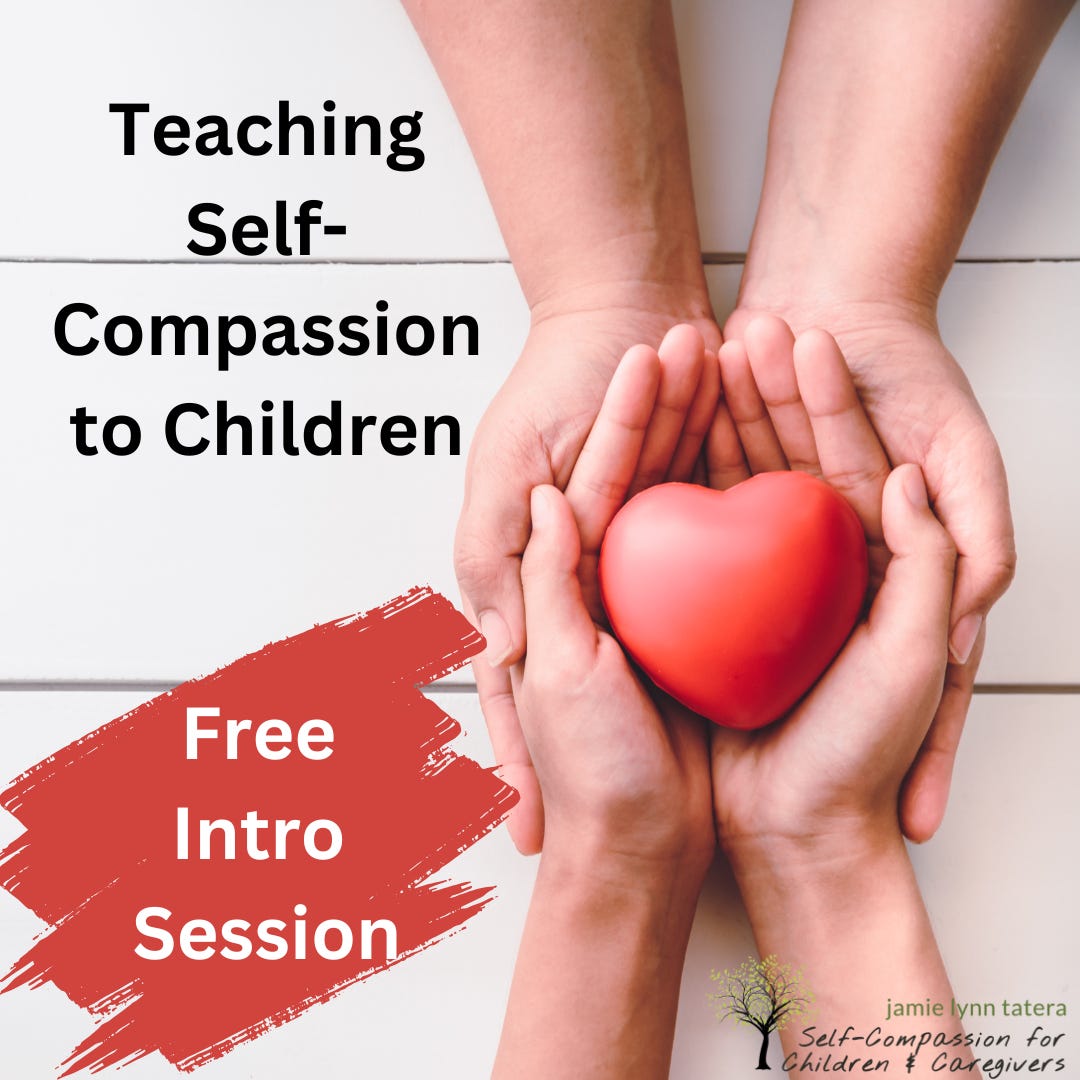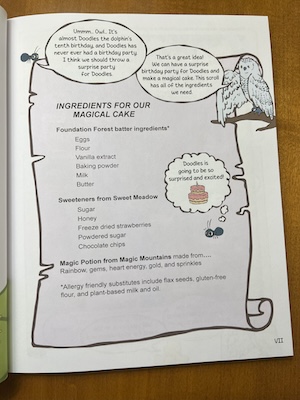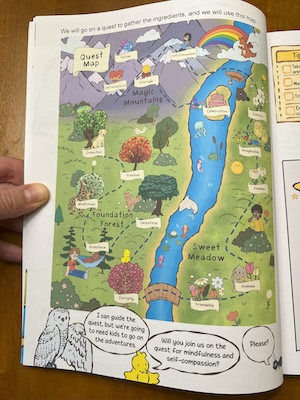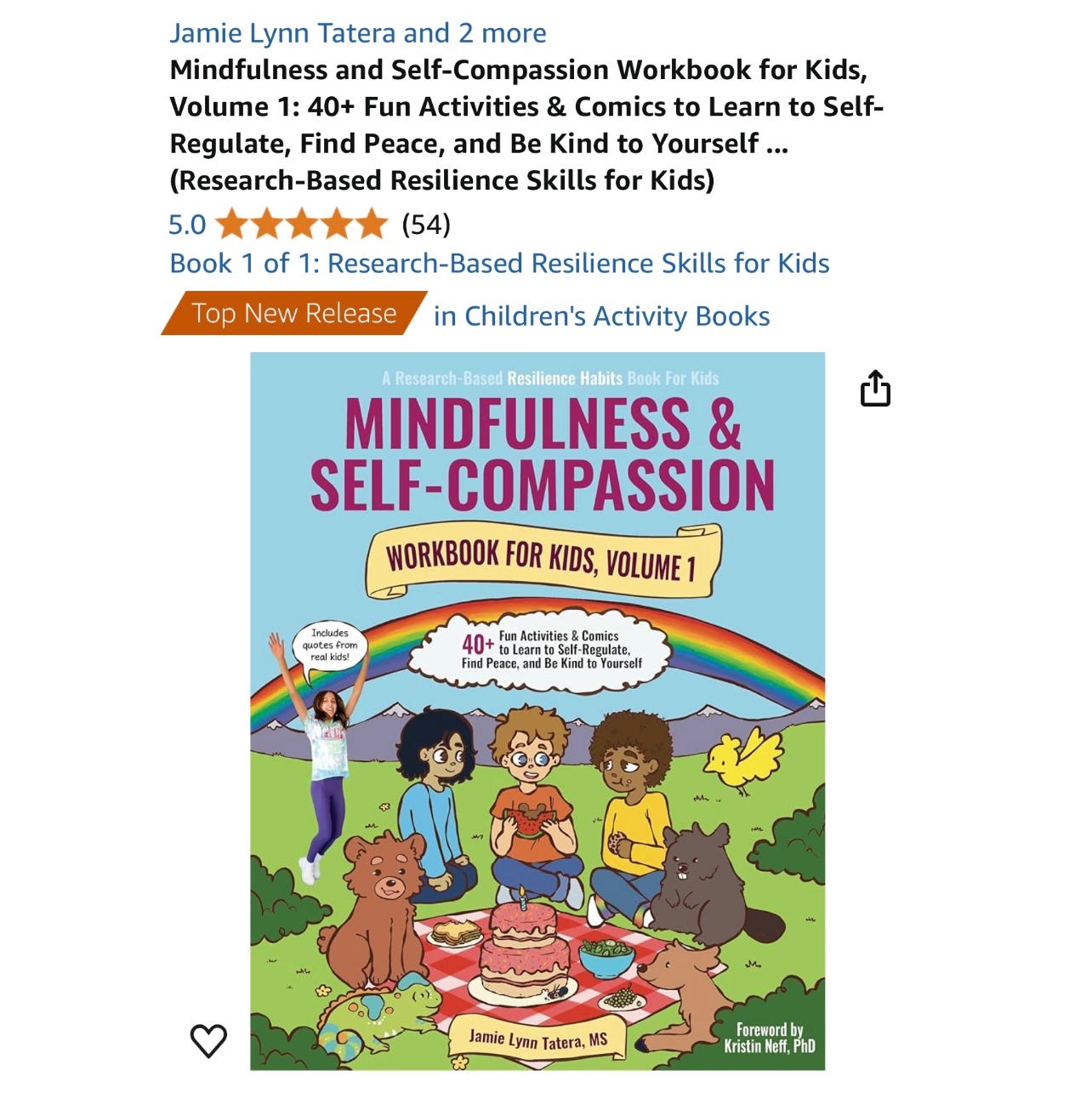Piano Key Feelings
Activity and Workshop on Teaching Kids Self-Compassion
Hello Friends,
It was wonderful to see those of you who attended my Teaching Children Self-Compassion intro session, hosted by Kristin Neff’s Community. If you missed the intro session and would like to watch the video, you can click the “watch the free preview icon” at this link. There’s a wonderful activity for kids featured in the intro session, which I will share with you in this blog. There’s also a description of my upcoming three hour workshop!
Additionally, I am offering a workshop on Parenting with Self-Compassion for Foster Adopt Minnesota on Tuesday. I have a quiet joy and gratitude in my heart that families and professionals in the foster care system will have access to this healing resource.
Piano Key Feelings
This exercise does several important things:
First, it normalizes that we all sometimes resist emotions (it’s human!).
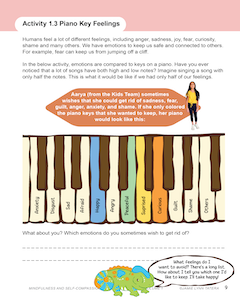
Second, it helps us understand the cost of resistance.
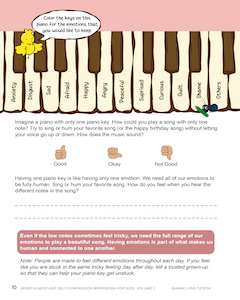
And finally, it helps us understand the beauty of our full range of feelings.
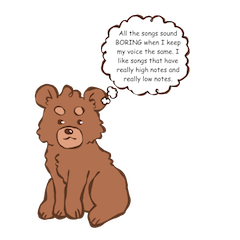
Even if the low notes sometimes feel tricky, we need the full range of our emotions to play our beautiful human music. -Jamie Lynn Tatera
The piano key activity helps kids understand that all emotions belong. It is one of many playful activities featured in volume 1 of the Mindfulness and Self-Compassion Workbook for Kids. You can extend this idea with the following bonus activity:
Make an art project with emotions written on piano keys and color all the keys. Then hang it somewhere to remember that all emotions belong.
Later this month, I will share more engaging exercises for kids in a 3-hour workshop hosted by Kristin Neff’s community. You, my lovely subscribers, can receive 20% off of the How Caregivers can Nurture Self-Compassion in Children workshop that I’ll be offering on February 15th. Just use the discount code Save20%fromJamieLynnwhen you register. Click here to see the details for my workshop, which is great for caregivers who would like to experience activities and tools for helping kids grow self-compassion (and is available for CE credits!).
If you are enjoying these great resources for kids and caregivers, please share this blog with a friend and/or review my workbook (reviews and referrals make a huge difference!). Thank you for being on this journey with me.
With love,
Jamie Lynn
